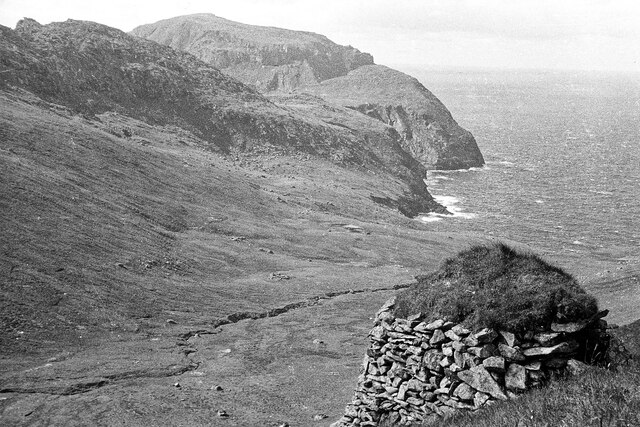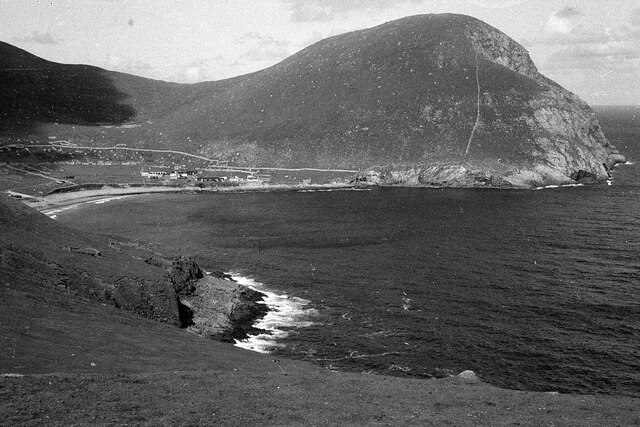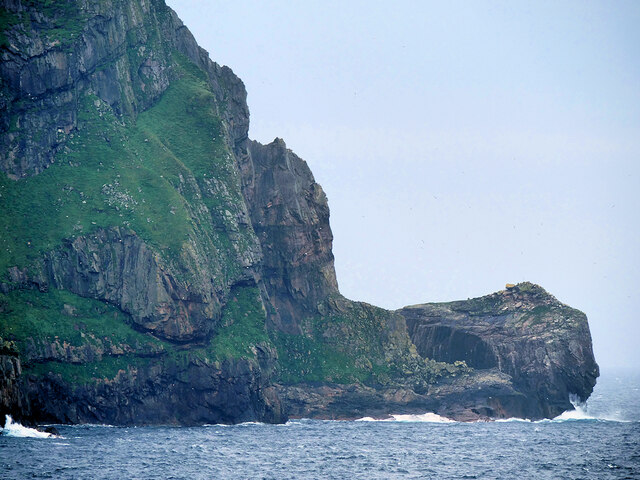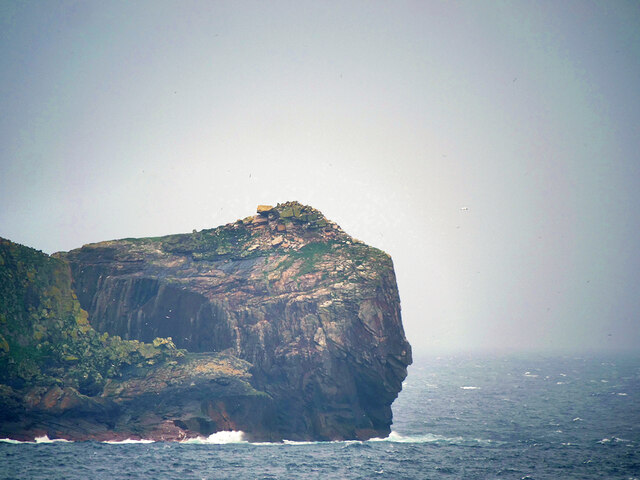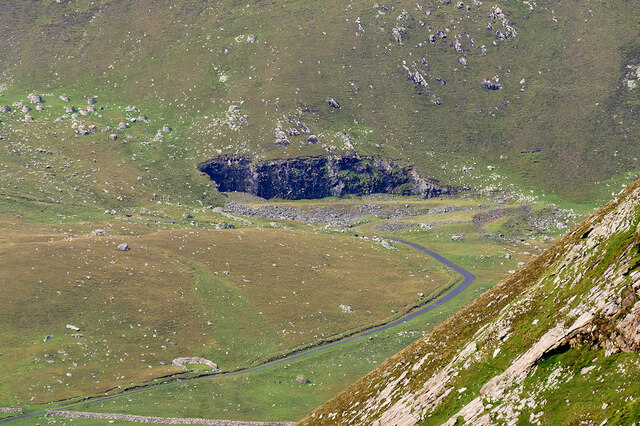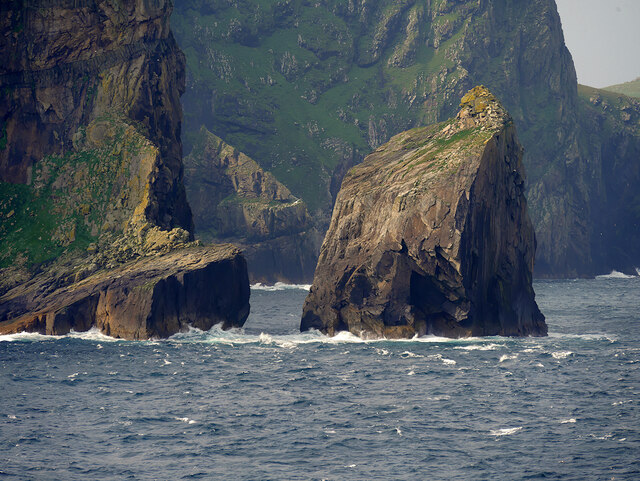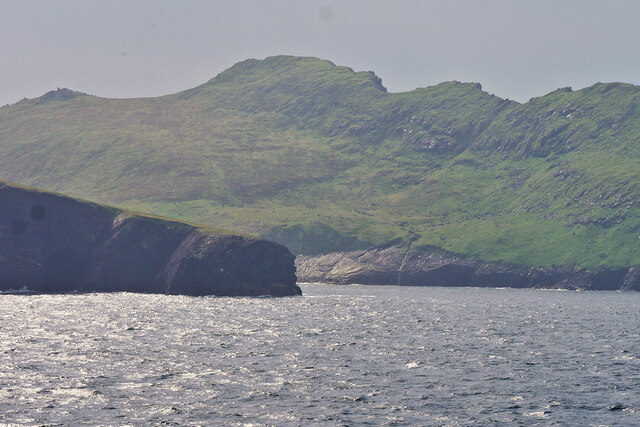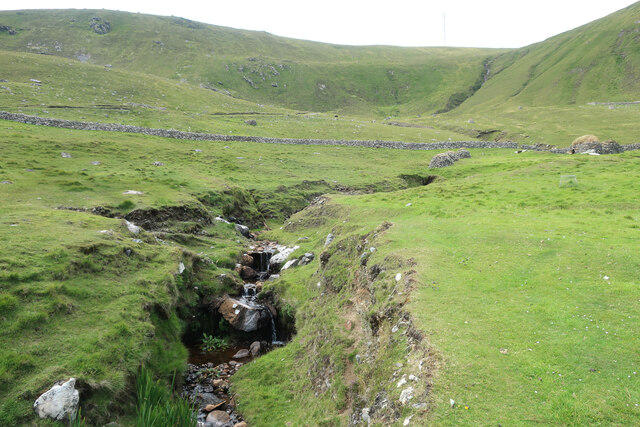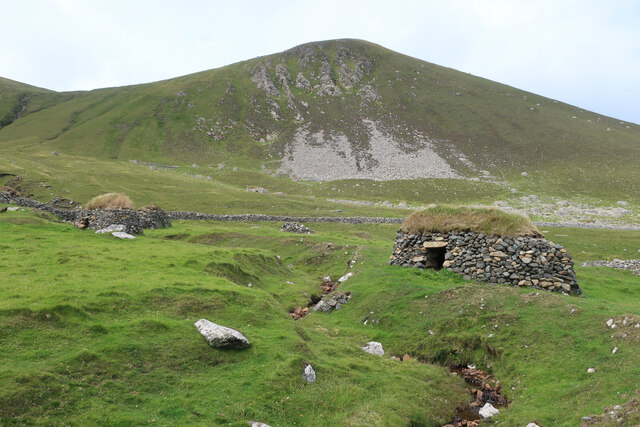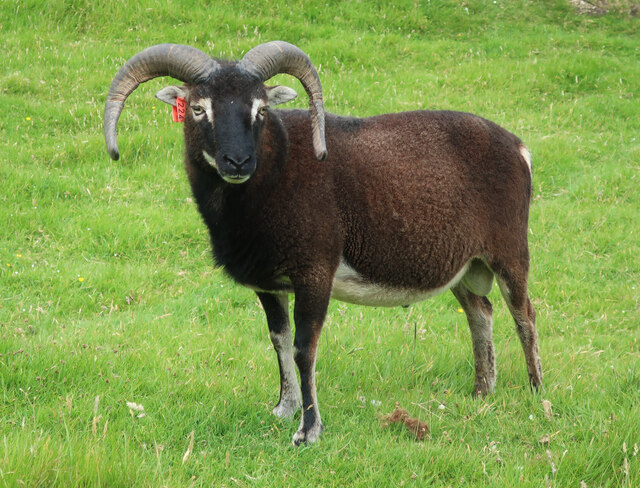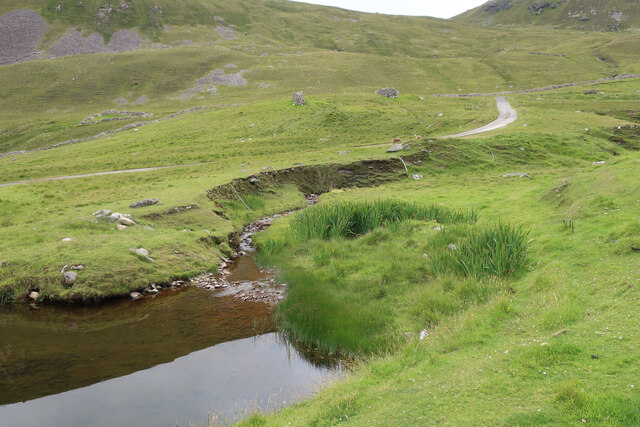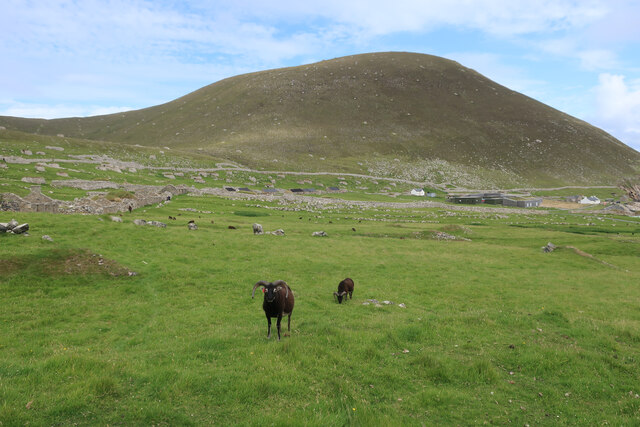Mol Ghiasgar
Coastal Marsh, Saltings in Inverness-shire
Scotland
Mol Ghiasgar
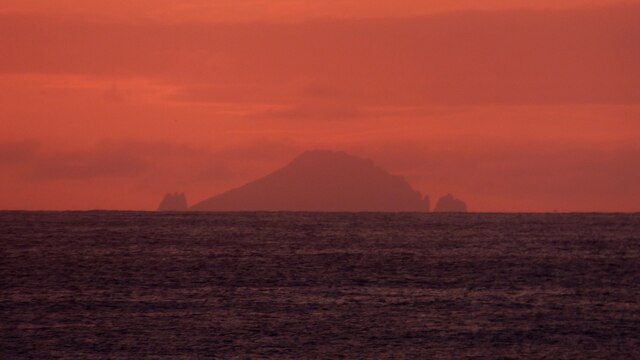
Mol Ghiasgar is a coastal marsh located in Inverness-shire, Scotland. It is situated on the shores of the Moray Firth, a large inlet of the North Sea. The marsh is known for its unique and diverse ecosystem, making it an important area for wildlife conservation.
Covering an area of approximately [insert number] hectares, Mol Ghiasgar is characterized by its vast expanse of salt marshes and saltings. These marshes are formed by the deposition of sediment and organic matter carried by the tides, creating a fertile environment for a wide range of plant and animal species.
The vegetation in Mol Ghiasgar is dominated by salt-tolerant plants such as samphire, sea lavender, and glasswort. These plants provide essential habitat and food sources for numerous bird species, including waders like curlews, redshanks, and oystercatchers. The marshes are also home to a variety of insects, amphibians, and small mammals.
The marshes of Mol Ghiasgar are of significant importance for migratory birds, acting as a stopover site during their long journeys. It is designated as a Special Protection Area (SPA) and a Site of Special Scientific Interest (SSSI) to safeguard its ecological value.
Visitors to Mol Ghiasgar can enjoy the serene and untouched beauty of the marshland, surrounded by breathtaking views of the Moray Firth. The area offers opportunities for birdwatching, nature photography, and peaceful walks along designated trails. However, it is important to note that access to certain parts of the marsh may be restricted during nesting seasons to protect breeding birds.
If you have any feedback on the listing, please let us know in the comments section below.
Mol Ghiasgar Images
Images are sourced within 2km of 57.820263/-8.5634058 or Grid Reference NA1000. Thanks to Geograph Open Source API. All images are credited.
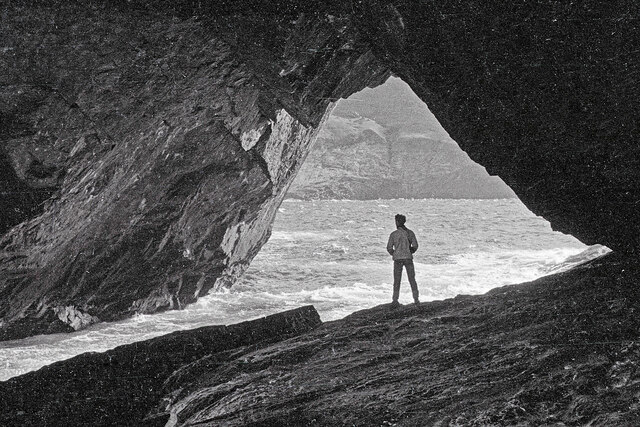
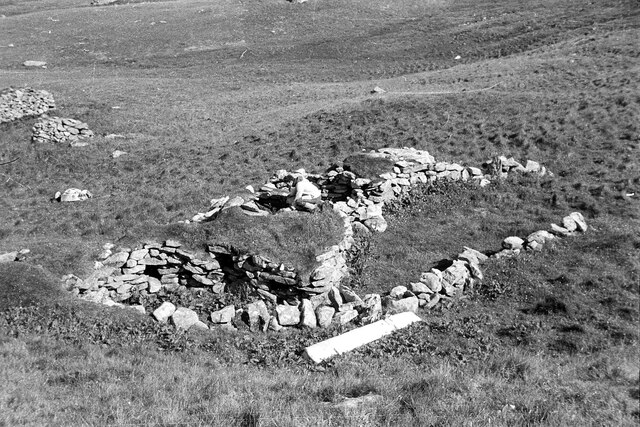
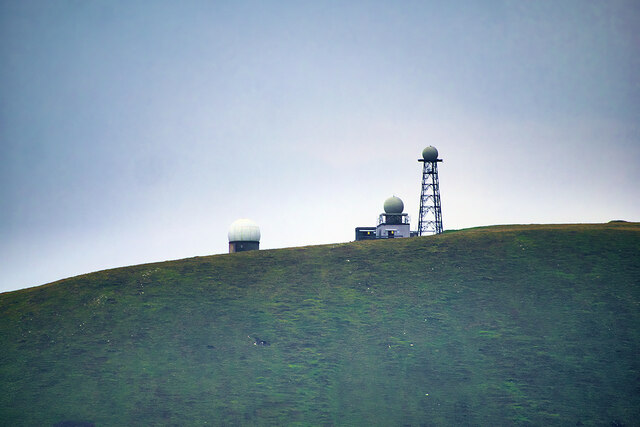
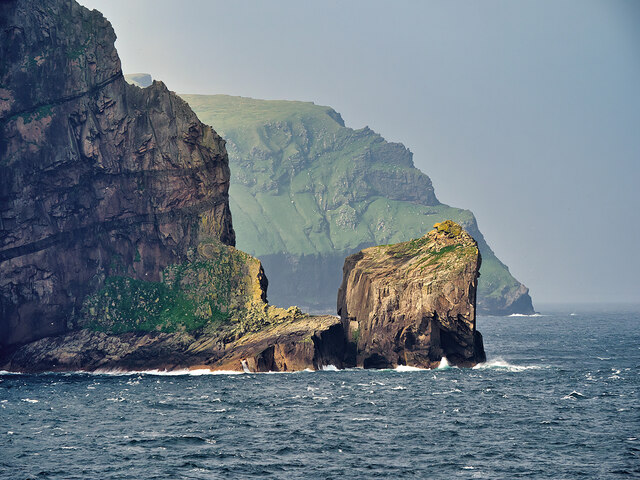
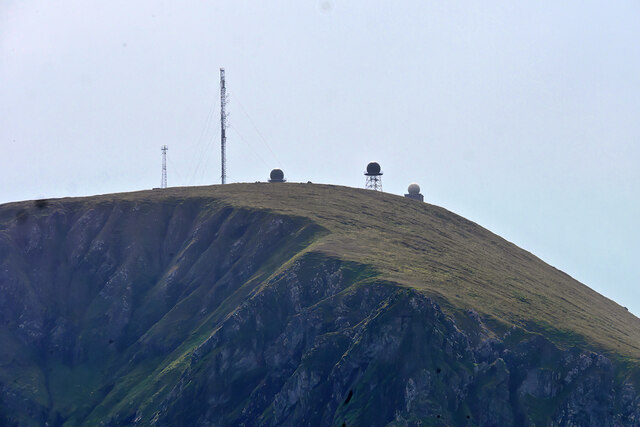
Mol Ghiasgar is located at Grid Ref: NA1000 (Lat: 57.820263, Lng: -8.5634058)
Unitary Authority: Na h-Eileanan an Iar
Police Authority: Highlands and Islands
What 3 Words
///permit.fakes.speeches. Near Balivanich, Na h-Eileanan Siar
Nearby Locations
Related Wikis
Hirta
Hirta (Scottish Gaelic: Hiort) is the largest island in the St Kilda archipelago, on the western edge of Scotland. The names Hiort (in Scottish Gaelic...
St Kilda, Scotland
St Kilda (Scottish Gaelic: Hiort) is an isolated archipelago situated 64 kilometres (40 mi) west-northwest of North Uist in the North Atlantic Ocean. It...
Dùn
Dùn is an island in St Kilda, Scotland. It is nearly 1 mile (1.6 kilometres) long. Its name simply means "fort" in Scottish Gaelic (for more information...
Stac Biorach
Stac Biorach (Scottish Gaelic: "the pointed stack") is a sea stack, 73 metres tall, situated between Hirta and Soay (in the "Sound of Soay") in the St...
Nearby Amenities
Located within 500m of 57.820263,-8.5634058Have you been to Mol Ghiasgar?
Leave your review of Mol Ghiasgar below (or comments, questions and feedback).
